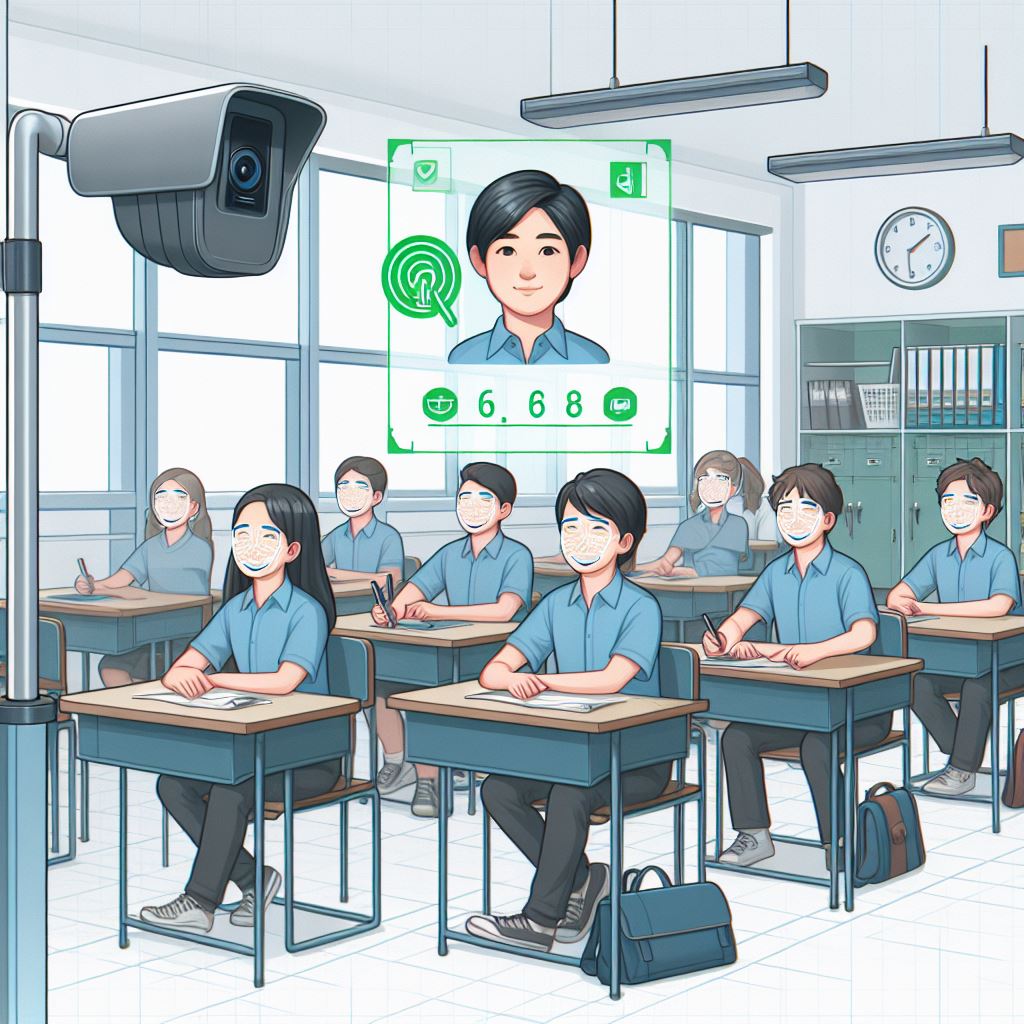The Best Attendance System Using Face Recognition Project
In an era where technology has revolutionized every aspect of our lives, traditional attendance methods have become outdated attendance system using face recognition project. The conventional methods of marking attendance using paper, signatures, or ID cards are not only time-consuming but also prone to errors and inefficiencies. This is where the advent of technology, particularly face recognition, has significantly improved the process of tracking attendance. In this article, we will delve into the world of attendance systems using face recognition, exploring their advantages, components, implementation, and more.
The Need for Modern Attendance Systems
Modern society demands efficiency and accuracy in all aspects of life, and attendance tracking is no exception. Be it in educational institutions, corporate environments, or any organization where attendance plays a crucial role, there is a growing need for a system that is reliable, secure, and easy to use. Face recognition technology offers a solution to these demands.
What Is Face Recognition Technology
Face recognition is a biometric technology that identifies and verifies individuals by analyzing and comparing their facial features. It captures and analyzes unique facial characteristics, such as the distance between the eyes, the shape of the nose, and the contours of the face, to establish a person’s identity.

Benefits of Attendance System Using Face Recognition Project
Accuracy
One of the primary benefits of using face recognition for attendance is its unparalleled accuracy. Unlike traditional methods that can be easily manipulated or result in human errors, face recognition technology ensures that each entry is associated with the correct person.
Convenience
Face recognition systems eliminate the need for physical contact or cards, making the process highly convenient. Users simply need to show their faces to a camera, and the system does the rest.

Security
Security is a paramount concern in attendance systems. Face recognition provides a high level of security as it is difficult to forge or impersonate someone else’s face, making it an ideal choice for safeguarding sensitive attendance data attendance system using face recognition project.
Components of a Face Recognition Attendance System
To understand how a face recognition attendance system functions, it’s crucial to know its key components.
Cameras
Cameras are the primary hardware in the system. They capture the faces of individuals, which are then processed by the software attendance system using face recognition project.

Software
The software plays a pivotal role in recognizing and matching the facial features. It stores the facial templates, compares them with new entries, and records attendance attendance system using face recognition project.
Database
The database stores all the enrolled users’ information, including their facial templates and attendance records attendance system using face recognition project.
How Does the System Work
When a user stands in front of the camera, the system captures their facial features. The software then processes these features, matches them with the data in the database, and records the user’s attendance system using face recognition project.
Implementation Steps
Software Installation
The first step is to install the face recognition software on the designated computer. This software acts as the brain of the system attendance system using face recognition project.
Enrollment of Users
Users need to be enrolled in the system by capturing their facial features and entering their details into the database.

Taking Attendance
Once the software is set up and users are enrolled, the system is ready to take attendance. Users simply have to show their faces to the camera, and the software does the rest attendance system using face recognition project.
Case Studies
Use in Educational Institutions
Educational institutions worldwide have adopted face recognition systems to streamline attendance. These systems not only enhance security but also reduce the time spent on manual attendance taking attendance system using face recognition project.
Corporate Environments
In the corporate world, efficient attendance tracking is crucial for payroll and workforce management. Face recognition systems have gained popularity for their accuracy and ease of use attendance system using face recognition project.

Overcoming Challenges
Privacy Concerns
While face recognition offers numerous benefits, it also raises privacy concerns. It is essential to address these concerns by implementing strict data protection measures and obtaining user consent attendance system using face recognition project.
Technical Limitations
Face recognition systems may face challenges in low-light conditions, or when users significantly change their appearance. Continuous advancements in technology aim to address these limitations attendance system using face recognition project.
Future Developments
The future of face recognition attendance systems holds exciting possibilities. We can expect further improvements in accuracy, speed, and adaptability. As technology evolves, the integration of artificial intelligence and machine learning will make these systems even more efficient attendance system using face recognition project.

Conclusion
Attendance systems using face recognition technology have redefined the way we track attendance. They offer unprecedented accuracy, convenience, and security. While challenges like privacy concerns exist, these systems continue to evolve and improve. As we move forward, we can expect face recognition attendance systems to become more prevalent and indispensable.
Frequently Asked Questions (FAQs) :
How accurate is face recognition for attendance?
Face recognition technology is highly accurate, with error rates comparable to, or even lower than, other biometric methods.
Can the system work in low-light conditions?
While face recognition systems can work in low-light conditions, they may be less accurate. Advanced systems are designed to handle a wide range of lighting conditions.
What are the privacy implications?
Privacy concerns exist due to the collection and storage of facial data. It’s essential for organizations to implement stringent privacy policies and obtain user consent.
Is it cost-effective for small businesses?
The cost of implementing a face recognition attendance system varies, but it has become more affordable in recent years. Small businesses can benefit from these systems, especially as technology continues to advance.
Are there any legal concerns?
The use of face recognition technology is subject to legal regulations that may vary by region. It’s important for organizations to comply with relevant laws and regulations when implementing such systems.

